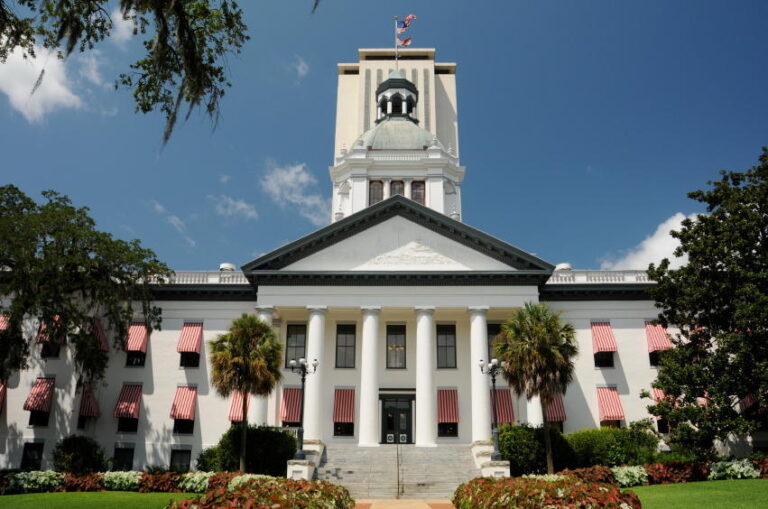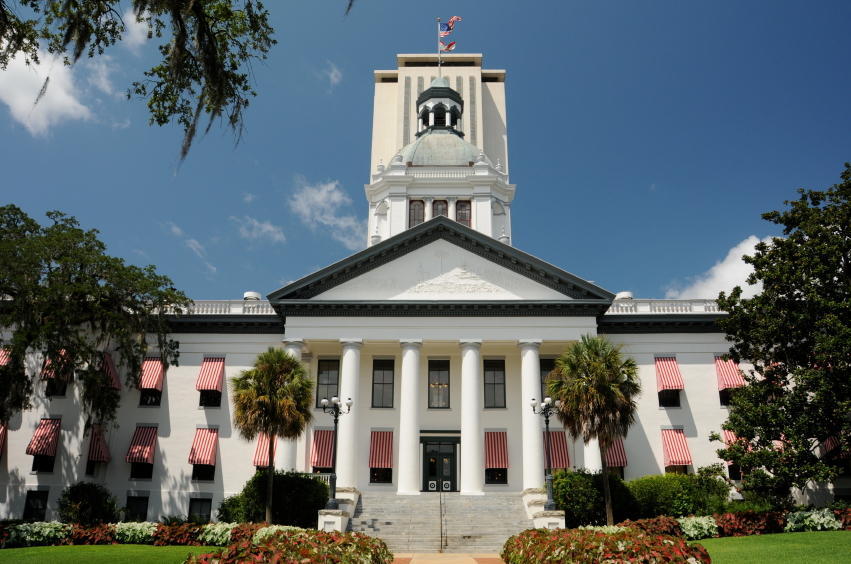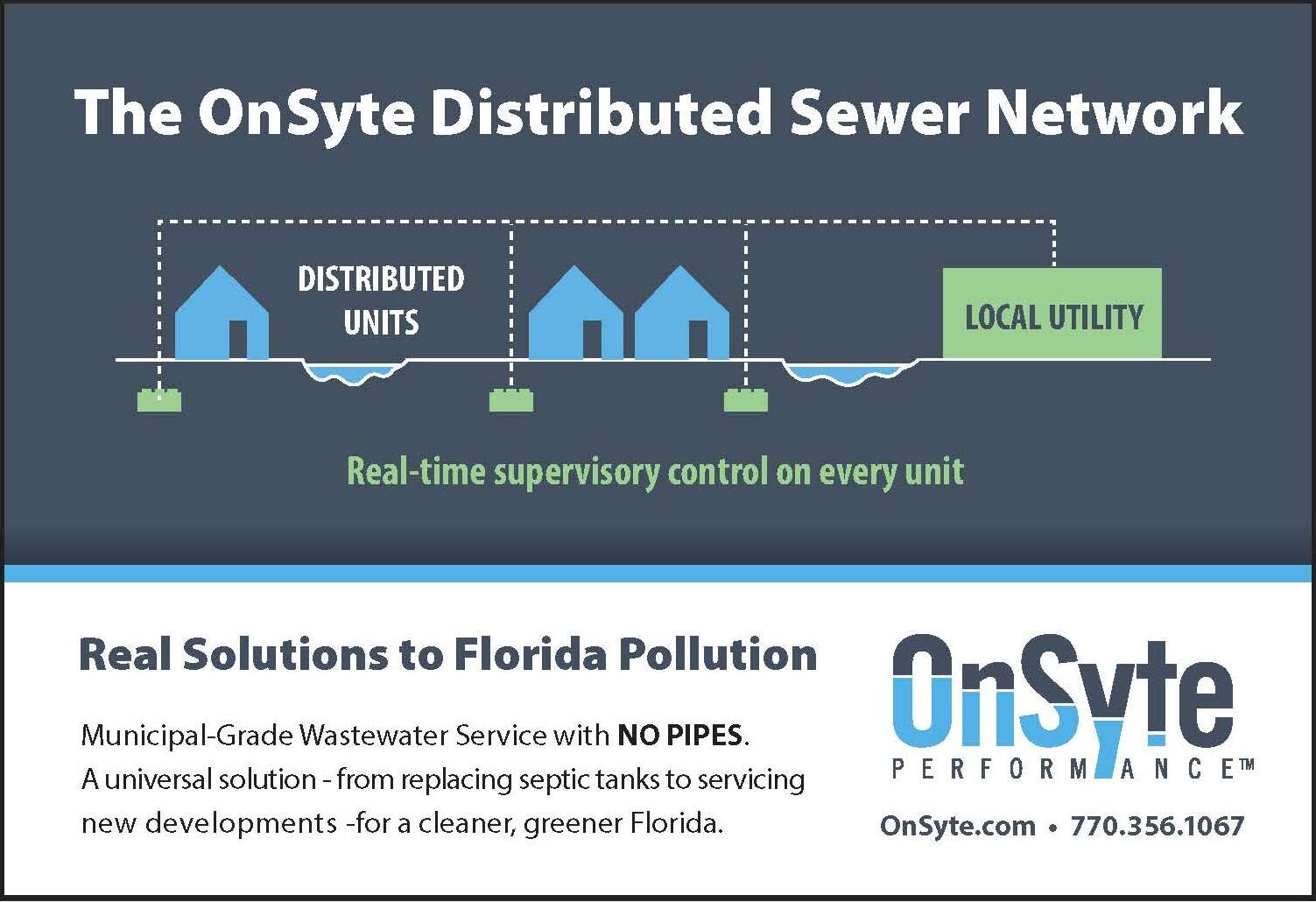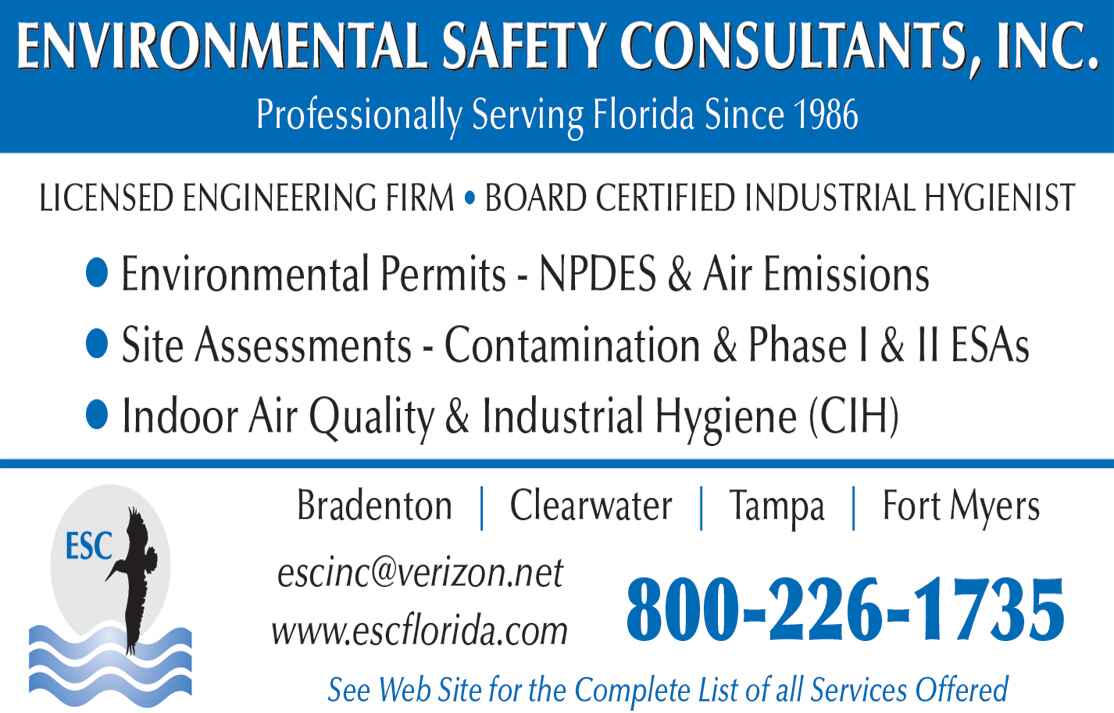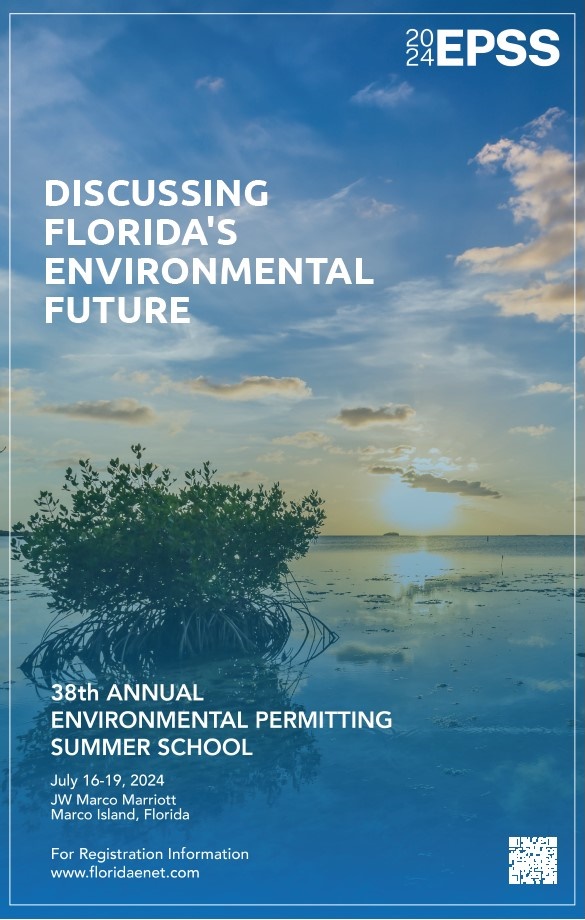By ERIC BEIGHTEL

President Trump assumed the office of the President on January 20 and within hours of his swearing in – and during his inaugural celebration – he got to work undoing much of the policy priorities advanced during his predecessor’s term and advancing his own policy priorities.
On inauguration day, the President signed 26 executive orders, 12 presidential memoranda, and four proclamations – and that pace hasn’t significantly slowed since the first 100 days. A helpful visual from the American Presidency Project shows just how many executive actions President Trump has taken in this term compared to other Presidents.
This unprecedented volume of executive actions covers a wide range of topics and reflect President Trump’s view of the Executive Branch as having nearly unlimited discretion on how to interpret and enforce federal law and regulation. Of the nearly 200 executive actions taken (as of late April) about a quarter of them focus on environmental reviews and permitting of infrastructure projects
Substantive Changes to the National Environmental Policy Act Implementation
One of the first executive orders he signed, Executive Order (EO) 14154 “Unleashing American Energy” rescinded a Carter-era EO that directed the Council on Environmental Quality (CEQ) to promulgate implementing regulations for the National Environmental Policy Act (NEPA).
In that same EO, President Trump directed CEQ to rescind the current NEPA regulations and replace them with non-binding guidance. The effect of this policy has created uncertainty in the industry and with the agencies. Without CEQ’s overarching implementing regulations, there is greater potential for conflicting interpretation and implementation of NEPA among agencies, creating conflict, confusion, and delay in processing project reviews. CEQ’s guidance to the agencies directs them to develop guidance that stays true to the statutory language in NEPA, paying particular attention to amendments made by the Fiscal Responsibility Act.
In addition to rescinding CEQ NEPA regulations, the President leveraged his authority to make emergency declarations that unlock streamlined environmental review and permitting procedures. Thus far, the President has declared eight national emergencies, including an energy emergency, which directed the U.S. Army Corps of Engineers to use emergency permitting procedures to accelerate permitting of energy projects. From the energy emergency, the President has also directed the use of accelerated environmental review and permitting procedures for timber production, critical minerals, and coal.
Recently, the Department of Interior announced the establishment of emergency procedures to accelerate deployment of certain energy projects identified in the President’s energy emergency declaration. The emergency procedures rely on existing regulatory procedures for consultations under Section 7 of the Endangered Species Act and Section 106 of the National Historic Preservation Act.
The alternative arrangements created under NEPA which establish a goal of completing environmental assessments within 14 days and environmental impact statements within 28 days. These alternative procedures do not require public review or comment on the environmental assessments and anticipate only 10 days of public comment on the environmental impact statement and no opportunity for review of a draft document before finalizing and issuing a record of decision.
The alternative arrangements for NEPA, Section 7 and Section 106 all require that project sponsors proactively agree to use the emergency procedures. Considering the existing regulatory framework for the Section 7 and Section 106 alternatives, expect an increase in project sponsors leveraging those authorities but the unprecedented and controversial nature of the NEPA alternative procedures are likely to give project sponsors pause.
Regulatory Rollbacks
The President campaigned on eliminating what he perceived as regulatory barriers to economic development and has made good on that promise through a series of executive actions that direct agencies to review existing regulations and provide recommendations for rescission or modification. Including:
- Setting a goal of rescinding ten existing regulations for every new regulation promulgated
- Reviewing and modifying or rescinding regulations to ensure that agency implementation reflects the “best reading” of the statute
- Establishing “sunset dates” in regulations that require agencies to evaluate whether regulations still serve their intended purpose
- Cancelling regulations determined to conflict with recent Supreme Court decisions and thus considered “illegal”
As the President’s deregulatory initiative is implemented, changes are occurring:
- The U.S. Army Corps and the Environmental Protection Agency’s joint notice to update the definition of Waters of the U.S. under the Clean Water Act to reflect the recent Sackett decision from the Supreme Court
- The U.S. Fish and Wildlife Service has proposed to rescind the definition of “harm” in Endangered Species Act regulations to remove consideration of habitat modification.
What’s Next?
The Administration has shown an eagerness to test the bounds of long-standing environmental process and policy and stakeholders should expect that to continue.
While the efforts to accelerate permitting have value, many are legally untested and project sponsors who seek to leverage certain strategies may invite unnecessary risk as these substantive policy shifts make their way through court challenges and the agencies modify their approach to implementation. Now, more than ever, expert advice and risk management are critical to project success.



